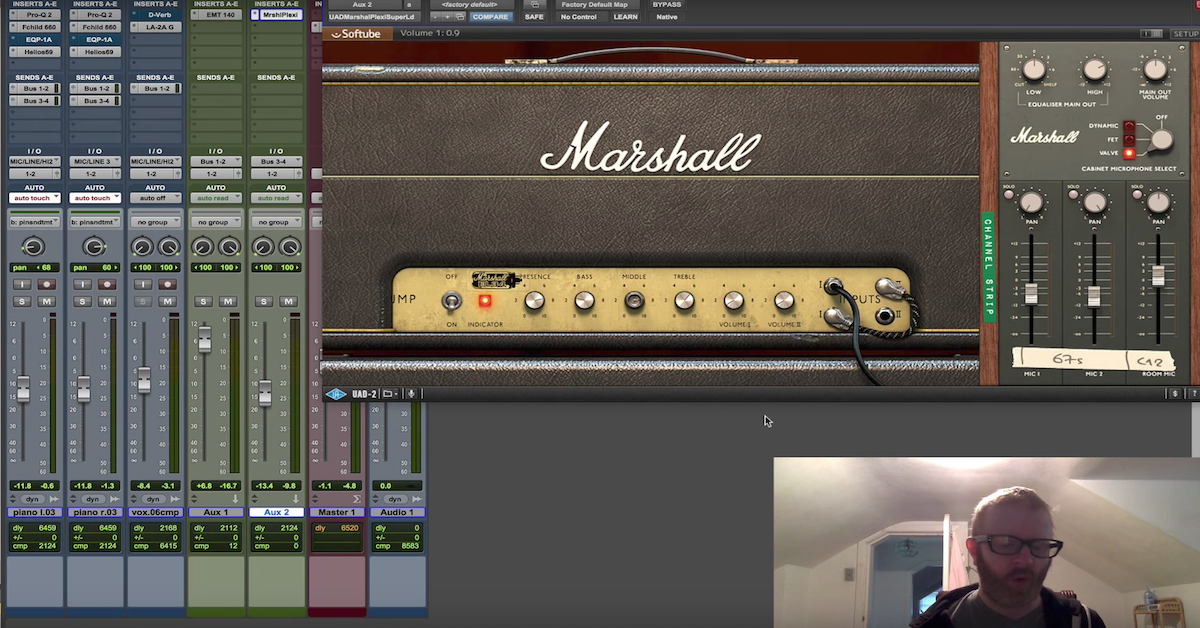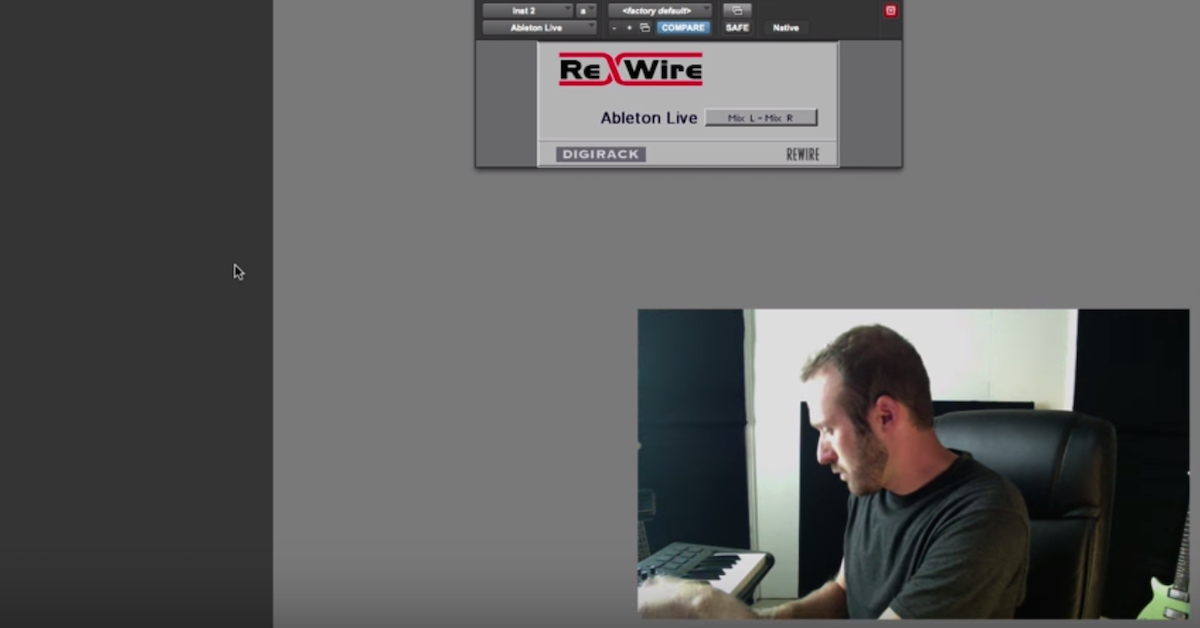A Guide to Buying Instruments for Your Recording Studio
Article Content
Buying instruments for a studio is a big investment. It can easily become a rabbit hole to which you disappear.
Here are some tips to consider in your quest.
Piano
Every studio should have a piano if you’re thinking about working with songwriters and bands. Yes, they are a bit of a pain to maintain. They need climate control and tunings from time to time. However, nothing sounds like the real thing. Plus, you can get much more creative with mic placement than you can with an emulation.
Here are some things to consider when buying a piano:
You can usually find them pretty cheap used. There are plenty of people looking to get rid of them. They’re hard to move and people don’t want to deal with it. Score for you.
Now that you’re ready to get a bargain, you’ll need to refine your search. Chances are you’ll see a lot of spinet pianos for sale. I don’t recommend buying a spinet. Some can sound really good, but they still lack low end.
I wouldn’t consider anything smaller than an upright piano. With some clever mixing in a nice sounding room, you can get real convincing large piano tones. You will get a lot of mileage out of a nice upright.
Of course, if you have the room and budget, you can consider some of the options in the grand piano category. But, most don’t have the room in our modern day project studios.
Guitars
Personally, I’ve never considered a studio based on a guitar collection. For me, it’s like wearing other people’s underwear. Guitars are highly personalized. If you are considering buying guitars here are some tips…
Electric Guitar: buying an American made Telecaster can get you tons of flexibility.
Acoustic: It’s hard to beat a Martin HD28 for a staple. It’s a very familiar sound.
Guitar Amps
There seems to be the notion that you need to cover all of your bases for guitar amps. Having two very different amps can get you most of what you need.
I would steer as clear as possible from modeling amps. Don’t do it. Ever!! You’ll regret it. Why? These amps are kind of a mirage. At low volumes, they can appear to have a cranked sound. That seems good, right? No. Once you get a mic on it, all the blemishes come out. When you turn the volume up they come unraveled.
Solution? I pick one Fender style and one Marshall or Vox style amp. The real deal with tubes in it. No funky emulation circuitry. Ideally, I will have one open back cab and one closed back cab.
You can get more variations with the two amps than you can with a modeler. And it will actually sound good. Modeling amps are the Velveeta cheese of the amp world. Sure, at a party you’ll dip into it after your 3rd IPA, but not exactly your daily sober diet.
There are lots of great small amp manufactures today. Some of my favorites are: Victoria, Headstrong, Top Hat, Divided by 13 and Two Rock.
Bass Amps
We’re going to employ the two amp rule here too. Personally, I prefer Ampeg amps in the studio. They work well with the music I gravitate towards.
My two favorite bass amps are an Ampeg SVT or an Ampeg flip top. They’re pretty much the sounds rock music was built on. What more do you need? Unless rock ain’t your bag.
As far as speakers go, it’s nice to have a cab with a 15″ in it as well as a cab with some 10”. This gives you a nice variety.
Notice a theme here? I’m picking what would be considered by some to be one trick ponies. I’ve never really liked that term though. I’ve never found amps that are considered to do just one thing less flexible than their so-called “versatile” illegitimate cousins. Too harsh? Nah!!
Drums
It’s really hard to beat the sound of vintage drums for making a record. Well, unless your bag is metal. In which case, modern drums are better suited.
Vintage drums just sound so good. They have such pleasing resonance. You can easily find a beat-up set of 1960’s Ludwigs for a reasonable price. Or even a mismatched color set. Also, look for 50’s and 60’s Rogers, Slingerland and Gretsch kits. I know I’ll be excited if you have vintage (pre-early 70’s) drums.
Cymbals
The wrong cymbals in a room during tracking can really be a drag. If you pick out some cymbals that you know work well, you’ll always have a backup if the drummer brings some offensive tin that ain’t workin’.
I recommend listening to a lot of records. Take note of the sounds you’re hearing that you dig. Try to decipher if those sounds are heavier or lighter cymbals.
Personally, I find thinner cymbals work better for tracking. This is style-specific though.
Toy Piano
You would be surprised how much toy instruments laying around get used. I’ve made records where the toys get all the attention. Peoples eyes light up when there are fun gadgets around. Go get all of the toys from the misfit island.
A toy piano, toy xylophone, toy nylon string guitar, toy drums, etc. They all sound fabulous on recordings.
Keyboards
I do like walking into a studio and seeing a real Wurlitzer, Rhodes or B3. I’m a sucker for classic sounds. There is more air when you mic the real thing. Plus, real instruments can be unpredictable… in a good way. The surprises can be gems. I’m not saying you have to have all of these, but the more you have is like owning more stock. You could like be part of the 1%… of broke studio owners that is.
—
Good luck on your instrument search. Remember: it’s about quality, not quantity.





